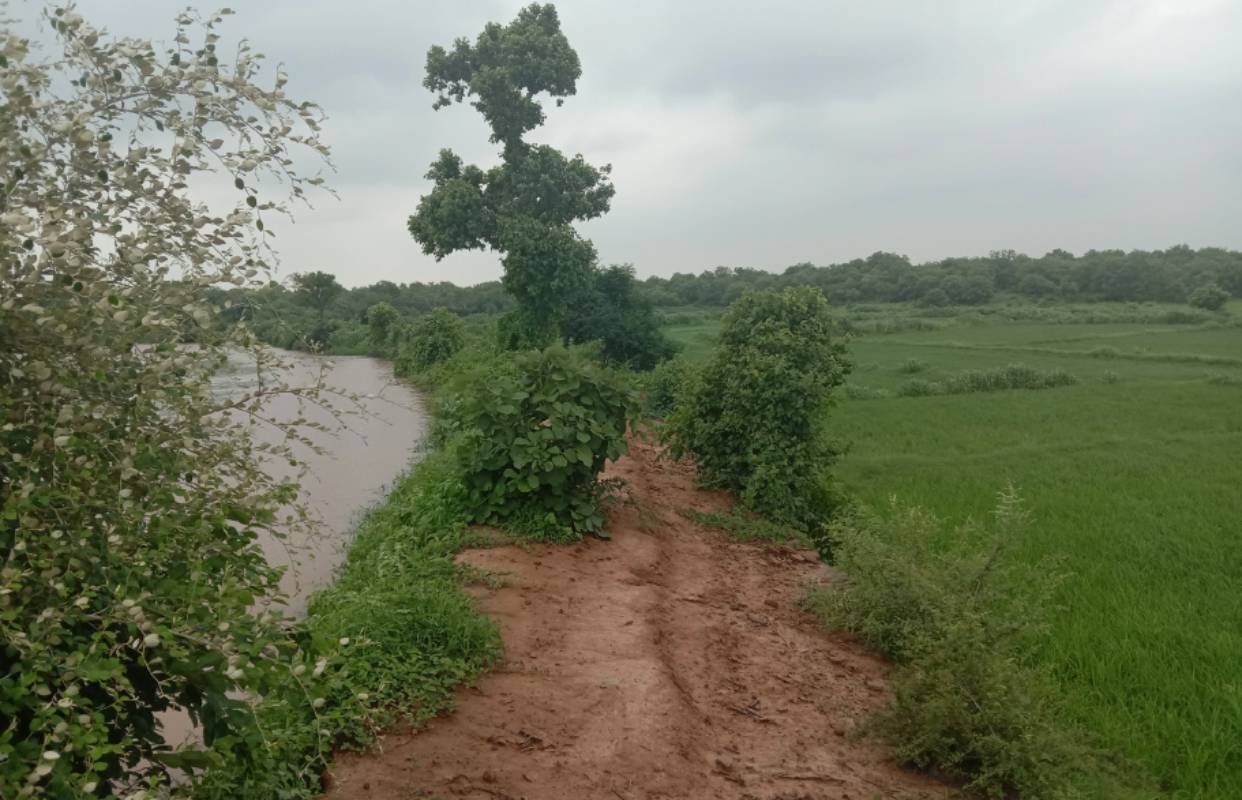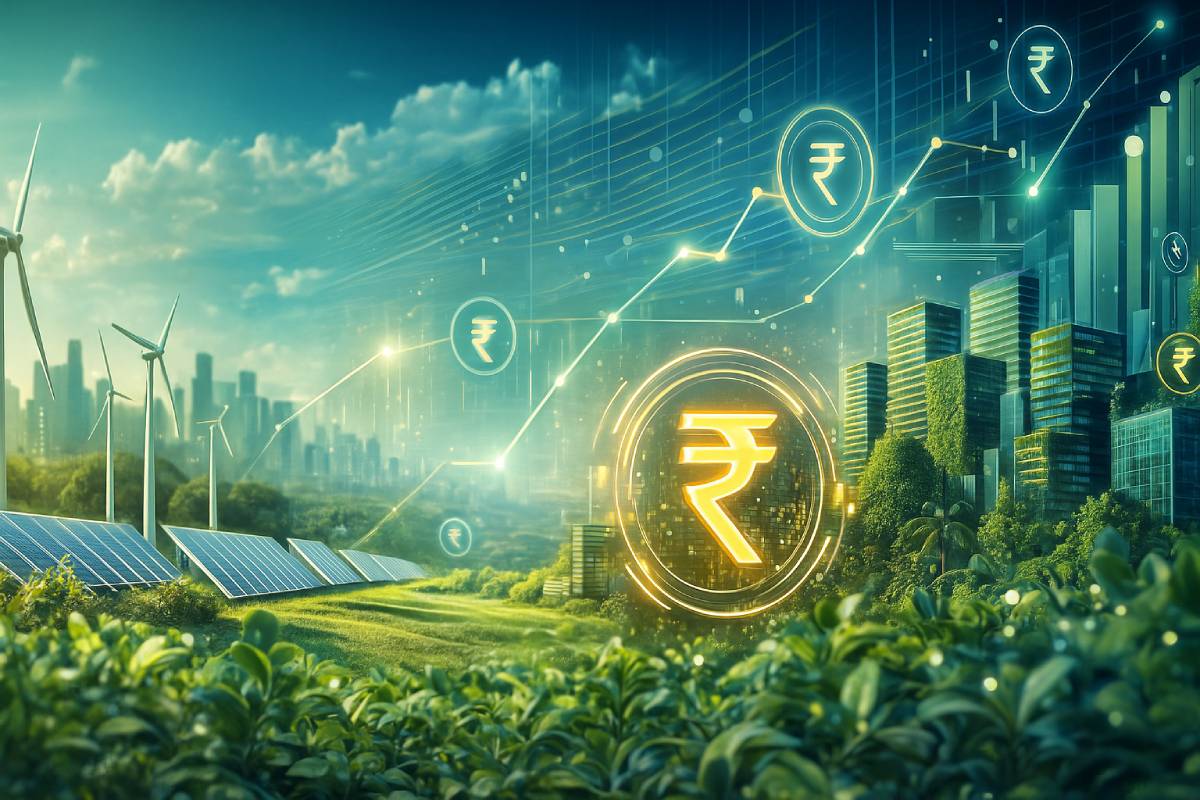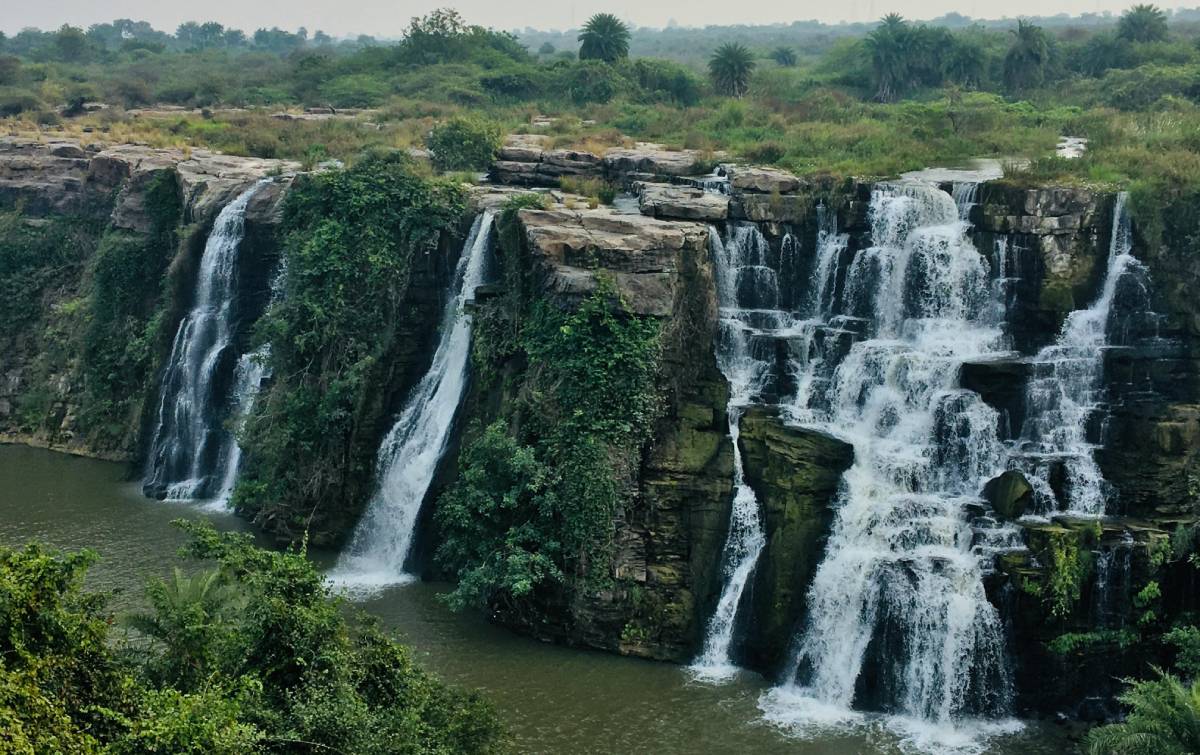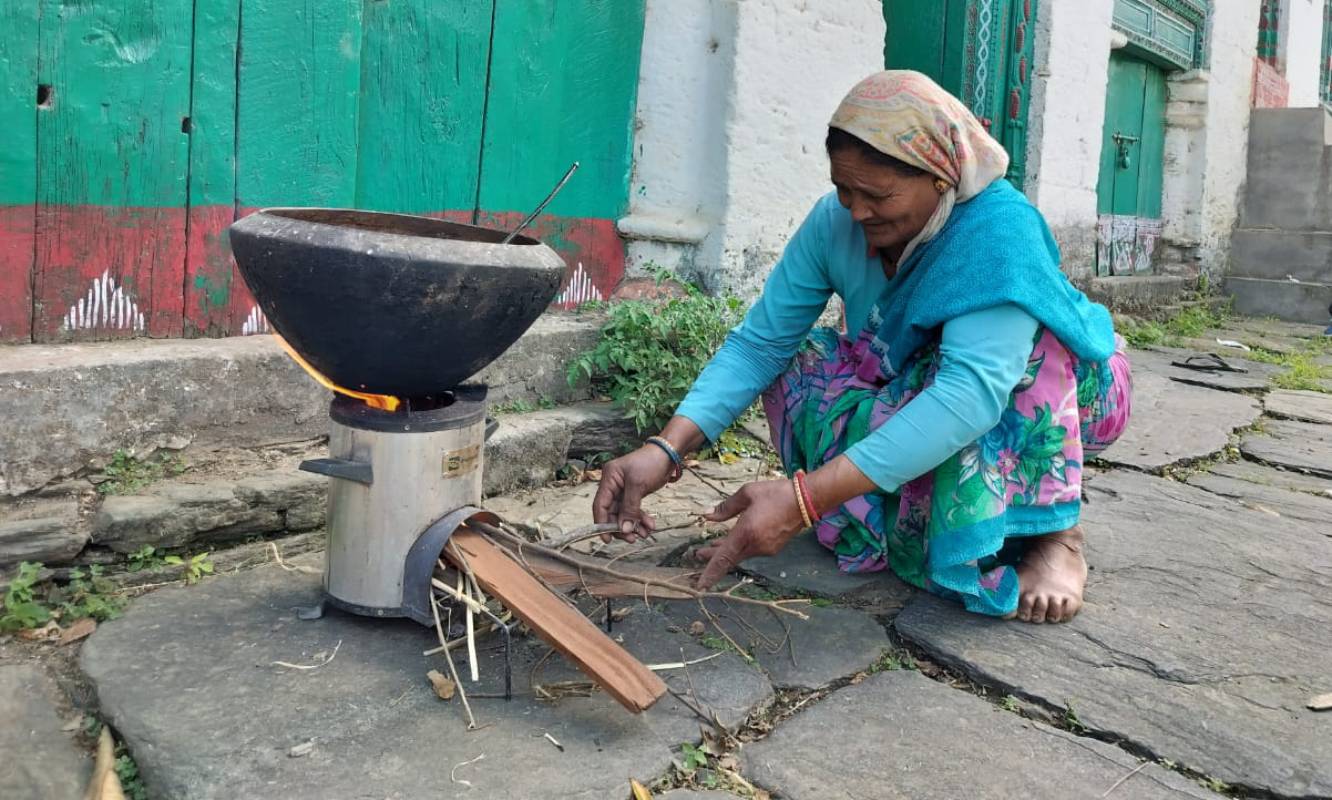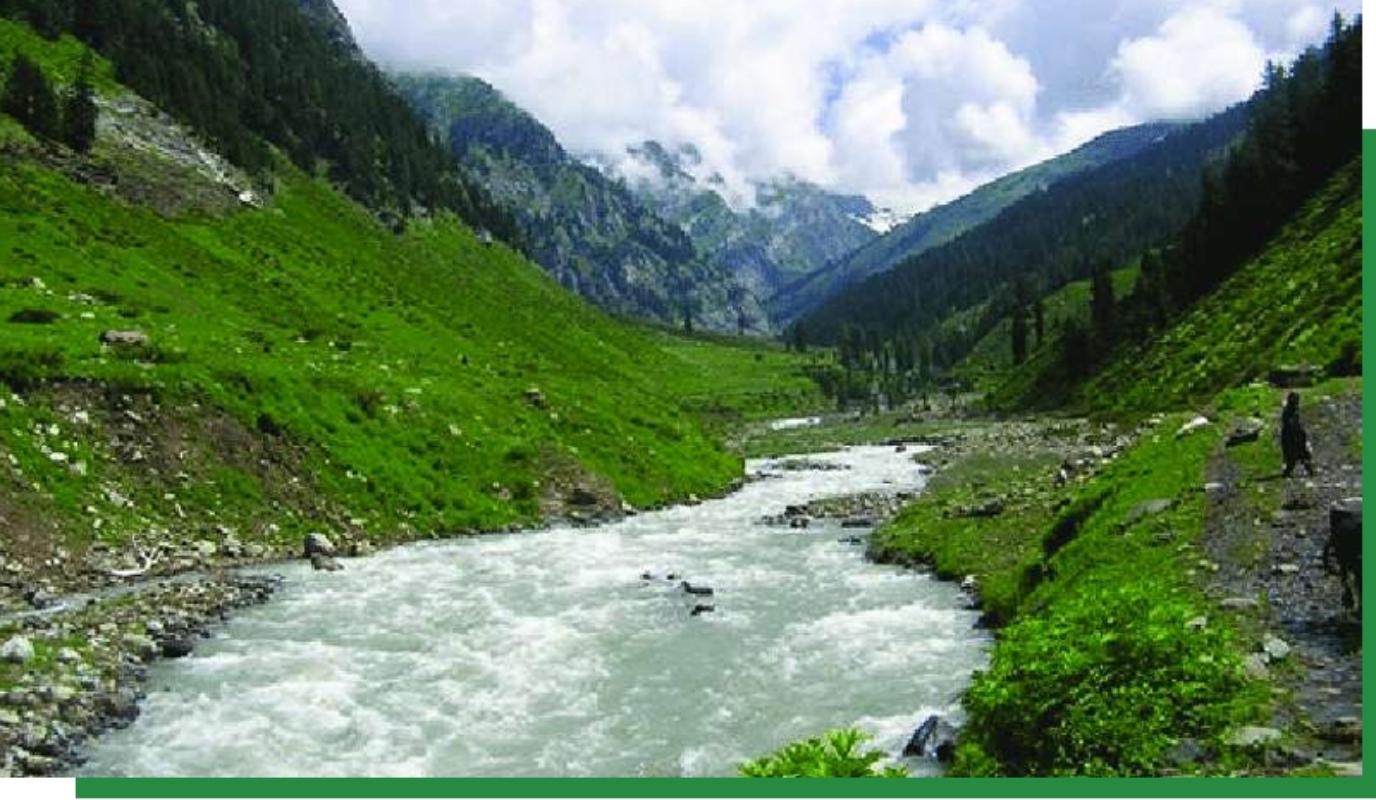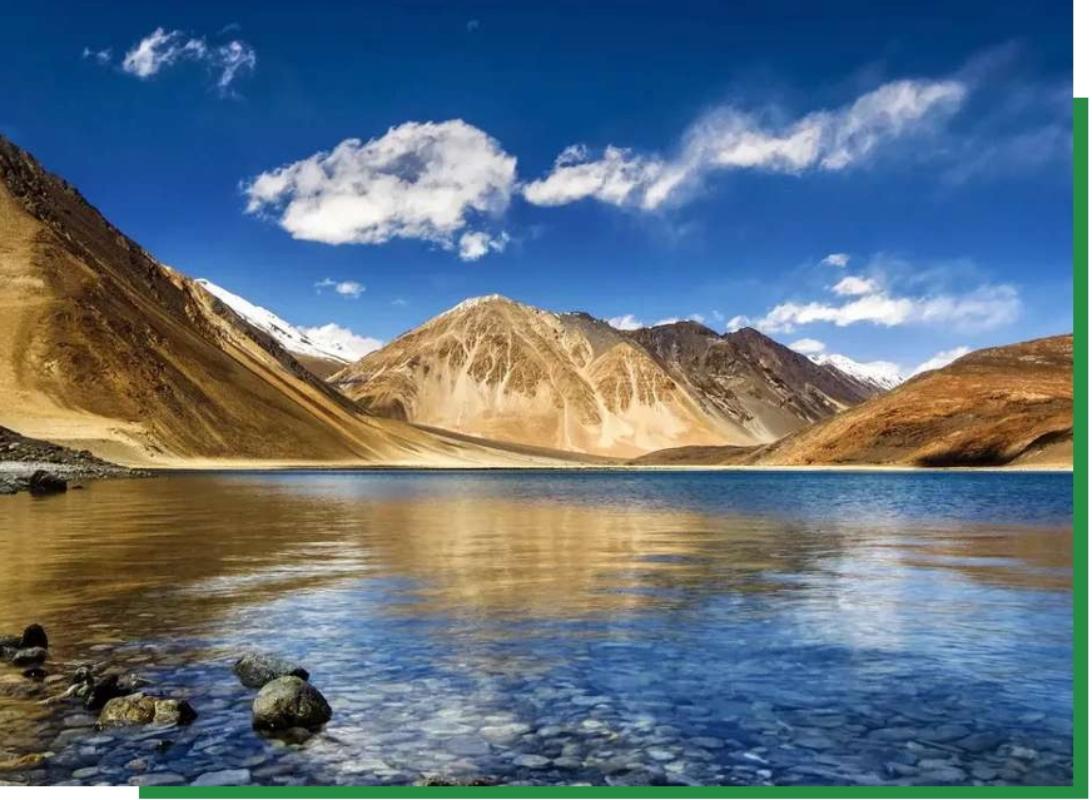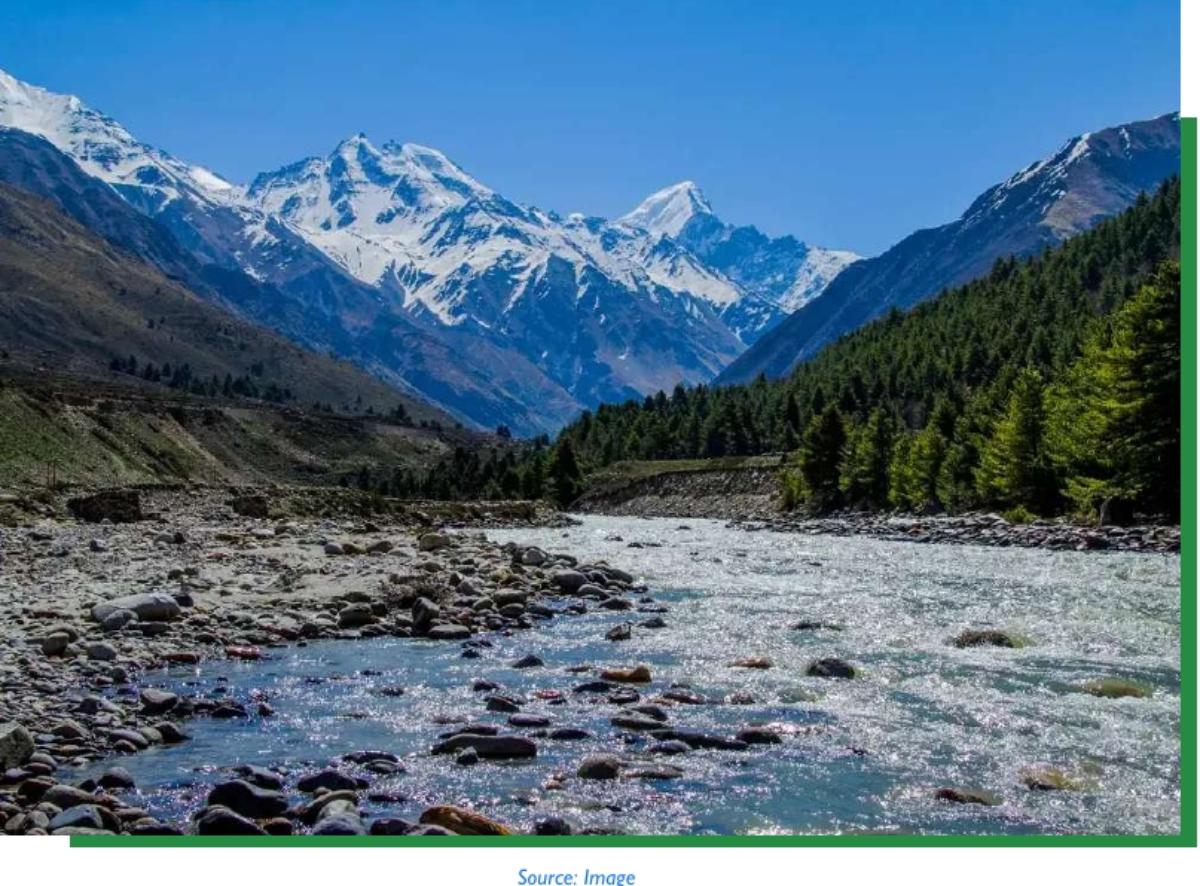Introduction
Ground water extraction in India is increasing alarmingly and it has affected both the quality and quantity of the ground water. The unsustainable extraction of ground water has further adversely affected other natural wealth and biodiversity. The review of literature on this subject reveals following major issues pertinent to unsustainable use of ground water in India.
1- Un-regulated operation of more than 30 million groundwater structures across the country.
2- Activities/programs related to aquifer recharge and groundwater extractions are not integrated.
3- Lack of data and knowledge on hydrology and aquifer systems both at the level of policy makers and the end user.
4- Absence of knowledge, capacity and resources at the level of farmers to help them make the right agricultural decisions and choices.
5- Disconnect between hydrological/hydro geological knowledge and social/economic/cultural requirements and practices.
There have been some attempts in various states commissioned by nongovernmental organizations to empower farmers with knowledge and capacity to help them to make the right agricultural decisions and choices. Many of these serious attempts helped in yielding good results as well. On the other hand there are numerous examples where projects related to artificial recharge were carried out successfully both by the government and non-government agencies. Some states also tried to regulate groundwater structures. All these actions by different organizations generated huge knowledge and experiences to vet success and failure of each type of program. These small scale and localized solutions for ground water management are effective in terms of striking a balance between water supply and demand. Learning from these models can help improving ground water regulations in different states.
Therefore, the Rajiv Gandhi Institute for Contemporary Studies (RGICS) has commissioned a multi state research project to assess localized solutions for management of groundwater resources in different parts of the country to draw policy lessons for state level regulations. This project is being carried out in partnership with NGOs and Ground Water experts in Gujarat, Rajasthan, Punjab, Uttar Pradesh, Madhya Pradesh, Assam, West Bengal, Telangana, Maharashtra and Tamil Nadu.
The Ground Water Situation
Over the last few decades our dependence on ground water has increased tremendously. It has become a major source of water for domestic and agricultural use in India. According to an estimate the ground water resource meets 80% of our water demand. Agriculture is a major consumer of the ground water; it supplies nearly 60% of water demand of the agriculture sector. Worryingly, since the 1990s the area under canal and tank irrigation has observed absolute decrease in India, whereas, ground water fed agricultural area has increased in these years. The convenience and efficient last mile connectivity of ground water resources encouraged many farmers in this country to switch from canal/tank irrigation to the tube well/bore well.
A committee constituted by the government of India to review water governance in the country led by DrMihir Shah in his report observed that the public finance on water resources after independence largely focused on surface water[1]. Huge amount was invested on creating surface water infrastructure. The ground water resource remains neglected despite it replacing surface water from agriculture to domestic use in the last some decades. Individuals invested hugely in ground water infrastructure especially after the green revolution as it was easier and efficient in terms of available for the end use. The technological advancement and availability & affordability of power also helped individual investors (largely farmers) to create groundwater structures. Currently there are around 30 million groundwater structures in this country.
For the purpose of ground water extraction, enough knowledge and data is available. The problem is with lack of data on aquifer management. Being a large country, the geological and hydrological characteristics of the landmass varies from region to region. It further creates complexity to understand sub-surface characteristics pertinent to water seepage, storage and water movement. The CGWB has categorized 14 different aquifer settings in India. Major aquifers include Alluvial, Laterite, Sand stone, shale aquifer, Lime stone aquifer, Basalt aquifers and Crystalline aquifers. According to a classification of geohydrologist Dr. Kulkarni, Crystalline and Alluvial aquifers comprise 59% of the total aquifer area in the country. The mountain and volcanic system of aquifers accounts for 16% of the total area each. These complex aquifer systems require detailed mapping and study for better management of ground water.
The estimated total replenishable ground water in India is estimated at 433 BCM. The dependency on ground water in India has sharply increased since the 1980s. Currently more than 85 per cent of India’s rural domestic water requirements and 50 per cent of its urban water requirements are being met from ground water resources. However, in many parts of the country the excessive extraction of groundwater created an aquifer recharge and extraction imbalance.
Chart-1: Percentage of units under safe, semi critical, critical overexploited categories on
the basis of groundwater availability
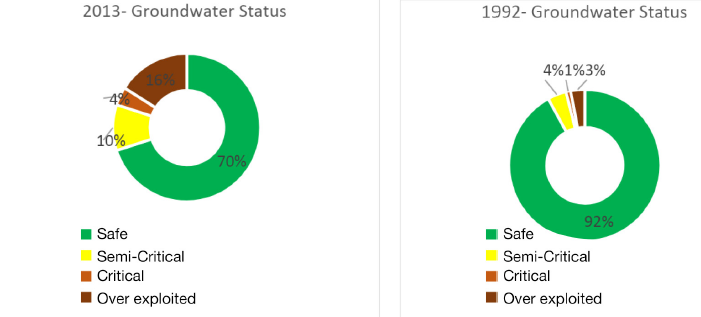
(Source: CGWB report, Down to Earth)
The excessive extraction of groundwater in the last few decades has adversely affected the quality and quantity of the water resource. The overall stage of ground water extraction in the country wassuch that only 70% area fell in the safe category in 2013 and this number is now down to 63%. However, in the states like Delhi, Haryana, Punjab and Rajasthan the ground water development is more than 100%. It means these states have been using more water than available for extraction. According to the statistics published by CGWB in 2017 out of 6881 units assessed for ground water development across the country 972 were semi critical, 313 were critical, 1186 were over exploited and 100 units were saline[2].
The Problem
The increasing unsustainable extraction of groundwater is a serious issue that has now turned into a water crisis in many parts of the country. In the states like Punjab, Rajasthan, Haryana, Delhi, Madhya Pradesh, parts of Uttar Pradesh and Tamil Nadu have started withdrawing more water from sub surface than available for usage. This gap in demand and supply is continuously increasing as there is no aquifer management system in the place. The numbers of critical and over exploited units are on rise. This invited crisis due to mismanagement of natural wealth has serious social, economic and ecological consequences. There are many reasons behind this problem and these problems have been discussed a number of times.
Ground water extraction is largely unregulated. The only law that loosely governs this precious resource in India is the Indian Easement Act, 1882. This law gives all rights to land owners to extract the ground water. In other words it excludes land less people from access and use of groundwater. This law does not control or regulate water extraction and its usage by the land owner. To strengthen the regulatory mechanisms, the central government has so far issued four versions of model law to be adopted by state governments. The first model bill was released in 1992 and the latest bill was released in 2017. Yet not all states have converted the model Bill into state legislation. Andhra Pradesh, Assam, Goa, Bihar, Delhi, Himachal Pradesh, Jammu and Kashmir, Karnataka, Kerala, Lakshadweep, Puducherry and West Bengal have adopted the older version of model bill, but in most cases the attempt is half hearted[3]. Moreover experts believe that the model Bill must also move from command and control mode to participatory mode to ensure full participation of people.
The unavailability of data and knowledge on aquifer systems is another big problem in developing better management plans for the ground water. The CGWB collects data from selected wells four times a year to monitor ground water development. The sample size for this yearly exercise is so low that nothing can be argued conclusively based on collected information. There is a long pending demand of mapping aquifers in this country for better management plan. The CGWB has been attempting to map aquifers for all districts in the country. This data and mapping of aquifers would definitely improve our ability to manage groundwater better.
The absence of an integrated approach of ground water recharge and extraction is completely missing in India. There have been some attempts through government and non-government agencies to integrate both of these aspects, but this idea is still not part of national or state level management plans. The absence of regulations and public finance for the management of ground water further discourages any national or state level plans for ground water resource management.
In the past the CGWB attempted to design a national level master plan for artificial recharge of aquifers in 2002 and 2013. The board has now revised this master plan in 2021. According to this master plan, nearly 1.41 crore artificial recharge structures are needed across the country. The type of structures recommended for states and districts varies depending on their geological and hydrological features. The plan is expected to be financed by ongoing projects such as MGNREGA and Watershed Management. The implementation of the master plans requires investment of Rs. 1.33 lakh crore[4].
Involvement of people in planning and execution of activities related to artificial recharge and ground water extraction has not been seriously promoted at the policy level. However, we have numerous small examples across the country to show that if people are involved aquifers can be managed sustainably and benefits can be shared equitably.
To study this issue in greater detail and generating field based insights. The RGICS constituted a Study Group under the convenorship of Director, RGICS, Mr Vijay Mahajan and Mr Jeet Singh, Fellow RGICS and members who are groundwater practitioners and researchers. They commenced this study in the month of October 2021 and the field work will be completed by February and the final report is expected to be ready by March 2022.
The Study
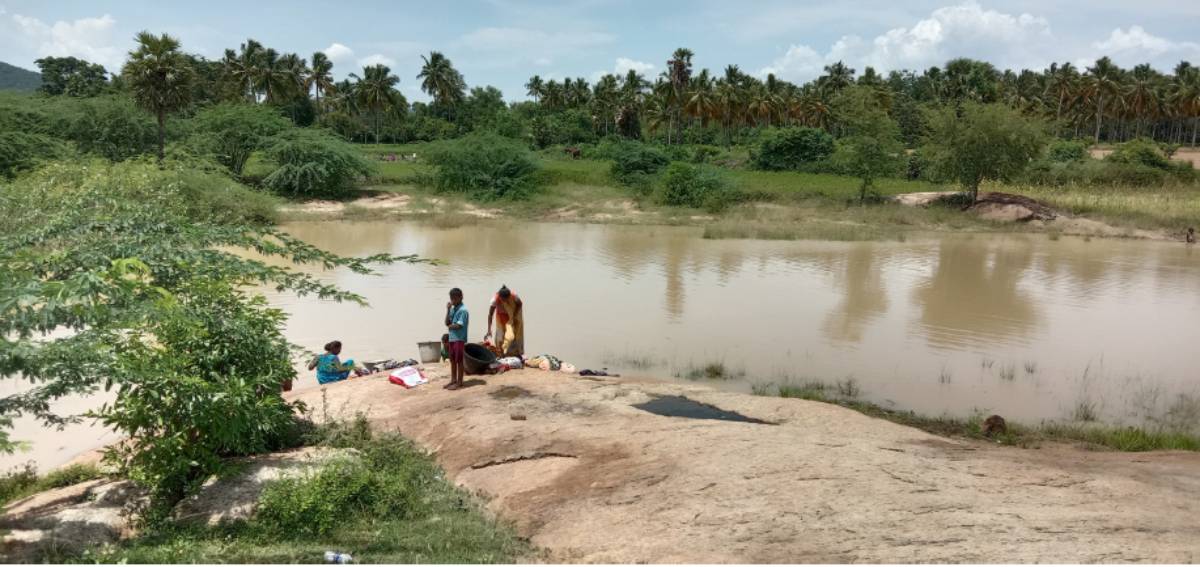
The study on assessment of localized solution of ground water management commissioned by the Rajiv Gandhi Institute for Contemporary Studies has following objectives.
- To develop an overview of the hydro-geological characterises of different states/regions and the extent of ground water extraction.
- To document and assess the regulatory framework in different states for the management of ground water resources
- To assess the ability of localized solutions for management of ground water resources to strike a balance between demand and supply of groundwater.
- To draw policy lessons from successful localized solutions for ground water resource management
This study involves both desk analysis and field work. The overview of hydrology and geo-hydrology and assessment of state level regulatory framework will be largely done by desk research. However, the project team will meet and consult with experts and stakeholders to understand and decipher the complexity of the issue.
For the purpose of assessing localized ground water management solutions, field work will be carried out in two or three hydro-geological regions in a state. Minimum two localized solutions from each region will be assessed by meeting villagers, institutions and analyzing their documents.
Footnotes:
[1]https://www.indiawaterportal.org/sites/default/files/iwp2/report_on_restructuring_cwc_cgwb.pdf
[2]http://cgwb.gov.in/GW-Assessment/GWRA-2017-National-Compilation.pdf
[3]https://scroll.in/article/929433/as-the-water-crisis-deepens-can-india-afford-to-leave-groundwater-unregulated
[4]http://cgwb.gov.in/Whatisnew/2021-06-30-Final-Approved%20Master%20Plan%202020-00002.pdf

